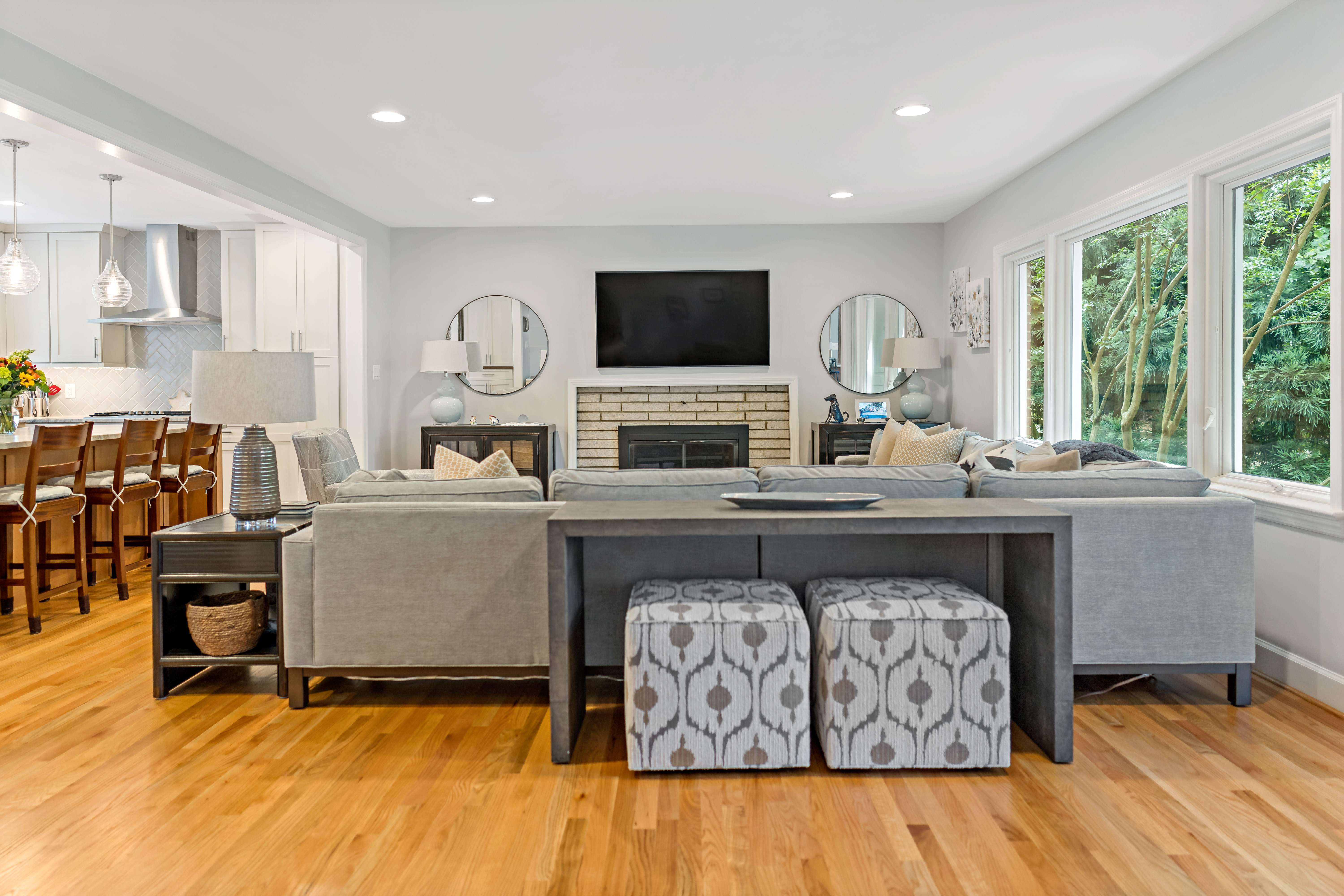
Home Remodeling Through the Years
Home remodeling has undergone significant changes throughout the years, adapting to societal shifts and technological advancements. From the early days of basic renovation to the innovative renovations of today, the evolution of home remodeling reflects the ever-changing needs and desires of homeowners. In this article, we will explore the key factors that have shaped home remodeling, as well as the role of innovation in this field. Additionally, we will delve into case studies showcasing popular home remodeling trends of various decades.
The Evolution of Home Remodeling
Home remodeling has come a long way from its humble beginnings. In the early days, remodeling was a rudimentary process primarily driven by necessity. Homeowners would make minor adjustments to their homes to accommodate their growing families or changing lifestyle preferences.
However, the industrial revolution marked a turning point in the evolution of home remodeling. The introduction of mass production and the availability of affordable building materials allowed homeowners to embark on more extensive remodeling projects. This era saw the rise of home improvements aimed at enhancing comfort and aesthetics.
Post-war changes further revolutionized home remodeling and led to the emergence of the do-it-yourself (DIY) movement. As the housing market expanded and families sought to make their homes personalized and unique, homeowners began taking on remodeling projects themselves. This newfound passion for DIY remodeling not only brought a sense of accomplishment but also played a crucial role in shaping the industry.
In recent decades, advancements in technology have had a profound impact on modern home remodeling. Technology has not only made the remodeling process more efficient but has also brought new possibilities and conveniences to homeowners. From state-of-the-art appliances to smart home systems, technology has transformed the way we approach remodeling projects.
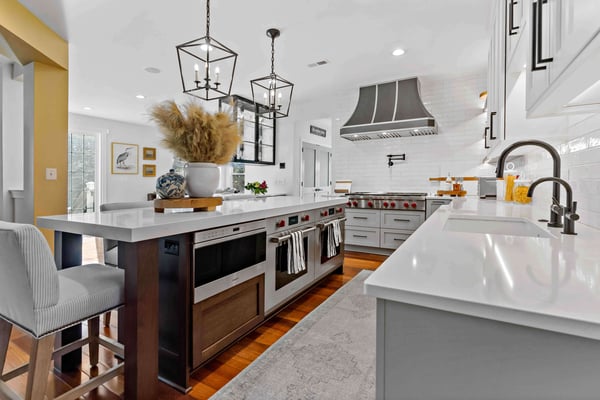
One notable aspect of the technological revolution in home remodeling is the increasing popularity of eco-friendly and sustainable practices. With a growing awareness of environmental issues, homeowners are now seeking remodeling solutions that minimize their carbon footprint and promote energy efficiency. This shift has given rise to the use of renewable materials, such as bamboo flooring and recycled countertops, as well as the integration of solar panels and energy-efficient appliances.
Moreover, the concept of "smart homes" has gained significant traction in recent years. With the advent of Internet of Things (IoT) technology, homeowners can now control various aspects of their homes through their smartphones or voice-activated devices. From adjusting the temperature and lighting to managing security systems and home entertainment, smart home systems have made remodeling projects not only more convenient but also more futuristic.
Another trend that has shaped the evolution of home remodeling is the focus on creating multi-functional spaces. As the way we live and work continues to evolve, homeowners are increasingly seeking versatile spaces that can adapt to their changing needs. This has led to the popularity of open floor plans, where different areas of the home seamlessly flow into one another, allowing for better social interaction and flexibility in use.
Additionally, the rise of home automation systems has brought about a new level of convenience and comfort. Homeowners can now automate tasks such as adjusting the blinds, playing music, and even brewing coffee, all with the touch of a button or a simple voice command. This integration of technology into everyday living spaces has transformed the remodeling industry and opened up a world of possibilities for homeowners.
In conclusion, the evolution of home remodeling has been driven by various factors, including advancements in technology, changing societal needs, and a growing emphasis on sustainability. From its humble beginnings as a necessity-driven process, home remodeling has become a creative and innovative industry that offers homeowners endless possibilities to transform their living spaces into personalized havens of comfort and style.
Key Factors That Have Shaped Home Remodeling
Several key factors have played a significant role in shaping the course of home remodeling. Changing family dynamics and home layouts, for instance, have greatly influenced remodeling trends. As families have evolved, so too have their needs for functional and adaptable living spaces. This has led to an increased emphasis on open floor plans, multi-purpose rooms, and flexible designs.
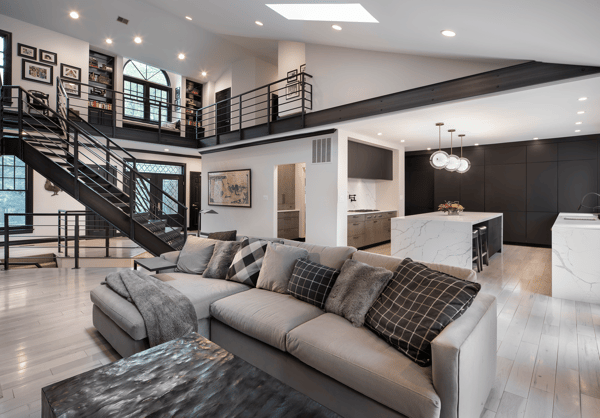
Additionally, the rise of eco-friendly remodeling has become a prominent trend in recent years. With growing awareness of environmental concerns, homeowners now prioritize sustainable materials and energy-efficient solutions in their remodeling projects. From solar panels to green building materials, eco-friendly remodeling is reshaping the industry.
Another factor that has significantly impacted home remodeling is the influence of television shows and social media. With the proliferation of home improvement shows and the rise of social media platforms dedicated to interior design, homeowners now have access to a vast array of inspirations and ideas. These platforms have helped popularize specific remodeling trends and have made home improvement more accessible to the masses.
The Role of Innovation in Home Remodeling
Innovation has always been a driving force behind home remodeling. Over the years, new materials and techniques have continually emerged, providing homeowners with more options and possibilities. Creative minds in the industry have developed innovative solutions that marry functionality and aesthetics.
The introduction of new materials has revolutionized home remodeling. From durable engineered hardwood flooring to versatile quartz countertops, homeowners now have access to an extensive range of choices for their renovation projects. These materials not only offer durability and style but also enhance the overall value of the home.
Technology has also made its mark on the home remodeling landscape. The influence of smart home technology has transcended into remodeling projects, adding a dash of convenience and sophistication. Smart thermostats, automated lighting systems, and home security features have become increasingly popular options for homeowners seeking to incorporate the latest innovations into their remodels.
The future of home remodeling holds even more exciting possibilities. With further advancements in technology, such as virtual reality and 3D modeling, homeowners will be able to visualize their remodeling projects in more detail before making any changes. Here at MOSS, we offer best in class augmented and virtual reality design capabilities to our customers so they can walk through and visually see for themselves the remodel they've helped design to make sure it is everything they've ever wanted. Additionally, the integration of sustainable practices and the use of cutting-edge materials will continue to shape the industry.
-1.png?width=600&height=357&name=MicrosoftTeams-image%20(10)-1.png)
Case Studies: Home Remodeling Through the Decades
Mid-Century Modern Remodeling: The 1950s
The 1950s marked the era of mid-century modern design, characterized by clean lines, open spaces, and a seamless integration with nature. Home remodeling during this period focused on incorporating these design elements while maximizing natural light. This included larger windows, open floor plans, and the use of natural materials like wood and stone.
The Bold and Colorful 1970s
In the 1970s, home remodeling took on a bold and colorful approach. This decade saw a shift towards more daring design choices, with vibrant wallpaper, shag carpets, and statement pieces of furniture. Homeowners embraced maximalism, indulging in rich textures, patterns, and vivid color palettes to create lively and eclectic spaces.
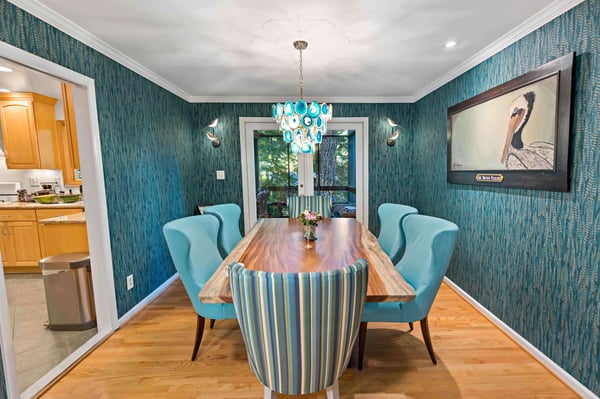
Minimalism and Functionality: The 2000s
The 2000s witnessed a surge in minimalistic and functional home remodeling. Clean lines, neutral colors, and clutter-free spaces became the hallmark of this decade's remodeling trends. Homeowners sought to create serene and soothing environments, often opting for minimalist furniture and uncluttered layouts that promoted a sense of calmness and simplicity.
Today's Home Remodeling Trends
Modern home remodeling embraces a multitude of styles and influences, catering to individual tastes and preferences. Current trends include open-concept living spaces, sustainable materials, and innovative smart home technology. Homeowners now prioritize creating spaces that reflect their lifestyles and values while incorporating the latest design trends.
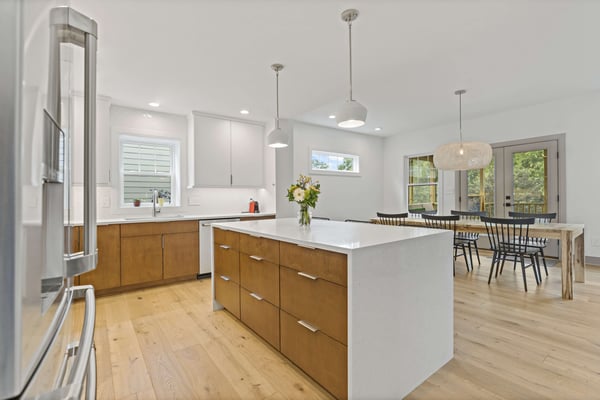
Home remodeling has evolved from simple renovations to complex projects that encompass both functionality and aesthetics. The interplay of various factors such as changing family dynamics, eco-friendliness, and technological innovation has shaped the trajectory of home remodeling. Additionally, the analysis of case studies from different decades provides insights into the unique design trends that have shaped homes throughout the years. As we look to the future, home remodeling will continue to push boundaries, embracing new materials, techniques, and technologies that will enhance the way we live in and experience our homes.
